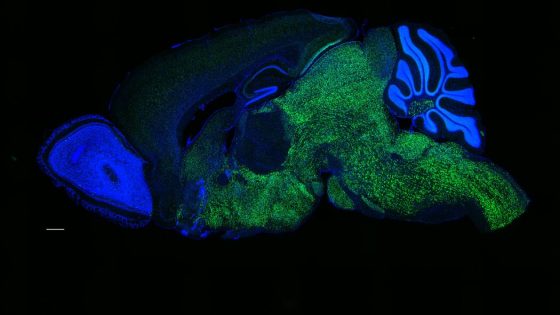Scientists have made a breakthrough in understanding how human language evolved. A recent study, published on February 18, 2025, reveals that a gene called NOVA1 played a significant role in this process. But what does this mean for our understanding of language development?
- Language evolution remains poorly understood.
- NOVA1 gene underwent significant evolutionary change.
- Complex sounds produced in mice with NOVA1.
- Language development involves many genetic mutations.
- NOVA1 is not the sole language gene.
- Only 23 crucial genes identified for evolution.
New Insights into the NOVA1 Gene and Language Evolution
Could a single gene unlock the secrets of language? Researchers have found that NOVA1, which changed significantly between 250,000 and 500,000 years ago, is crucial in the evolution of language. This gene, when introduced into mice, resulted in more complex sounds, suggesting a link between NOVA1 and vocal communication.
Understanding the Role of NOVA1 in Language Development
The NOVA1 gene has been a focus of research since 2012, when it was identified as unique among mammals. Here are some key points about its role:
- NOVA1 is linked to the production of proteins that differ in humans compared to other mammals.
- It is one of only 23 genes identified as crucial for human evolution.
- Mutations in hundreds of genes over millions of years contributed to the emergence of language.
- NOVA1 represents a significant step in this complex evolutionary process.
The Evolutionary Journey of Language in Humans
Language didn’t develop overnight; it was a gradual process influenced by various genetic changes. NOVA1 is a piece of the puzzle, but many other genes also played roles. This complexity raises questions about how language could continue to evolve in the future. What new discoveries await US?
Implications for Future Research on Communication
The findings about NOVA1 open new avenues for research in genetics and linguistics. Understanding how language evolved can help us grasp the nuances of human communication today. How might this knowledge influence education or technology in the U.S.?
In conclusion, the study of NOVA1 and its impact on language evolution provides exciting insights into our past and future. As we continue to explore the genetic basis of communication, we may uncover more about what makes us uniquely human.































